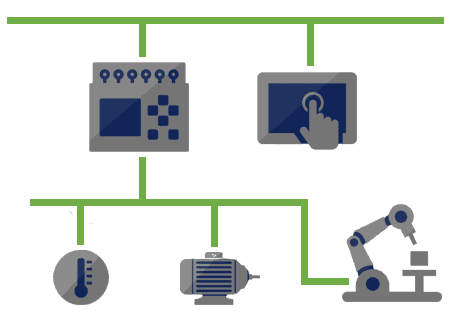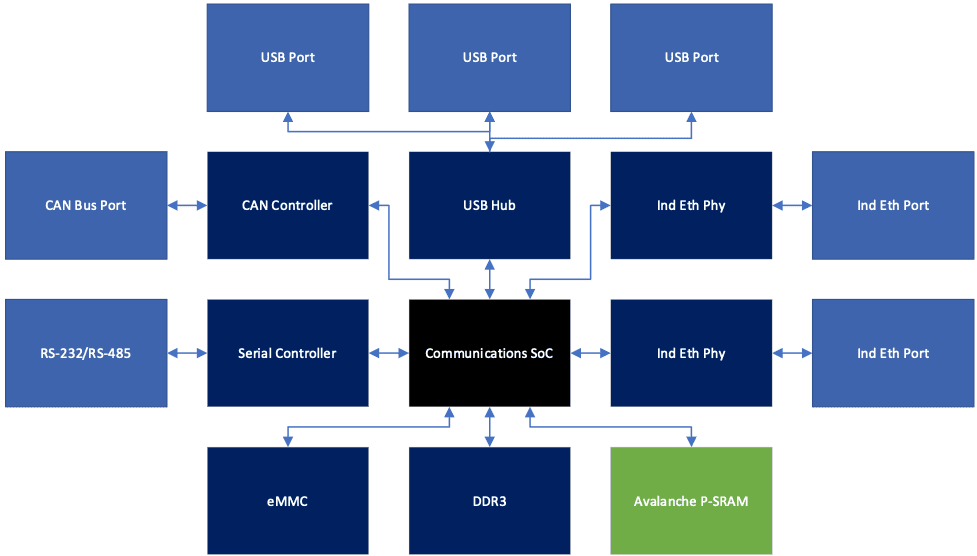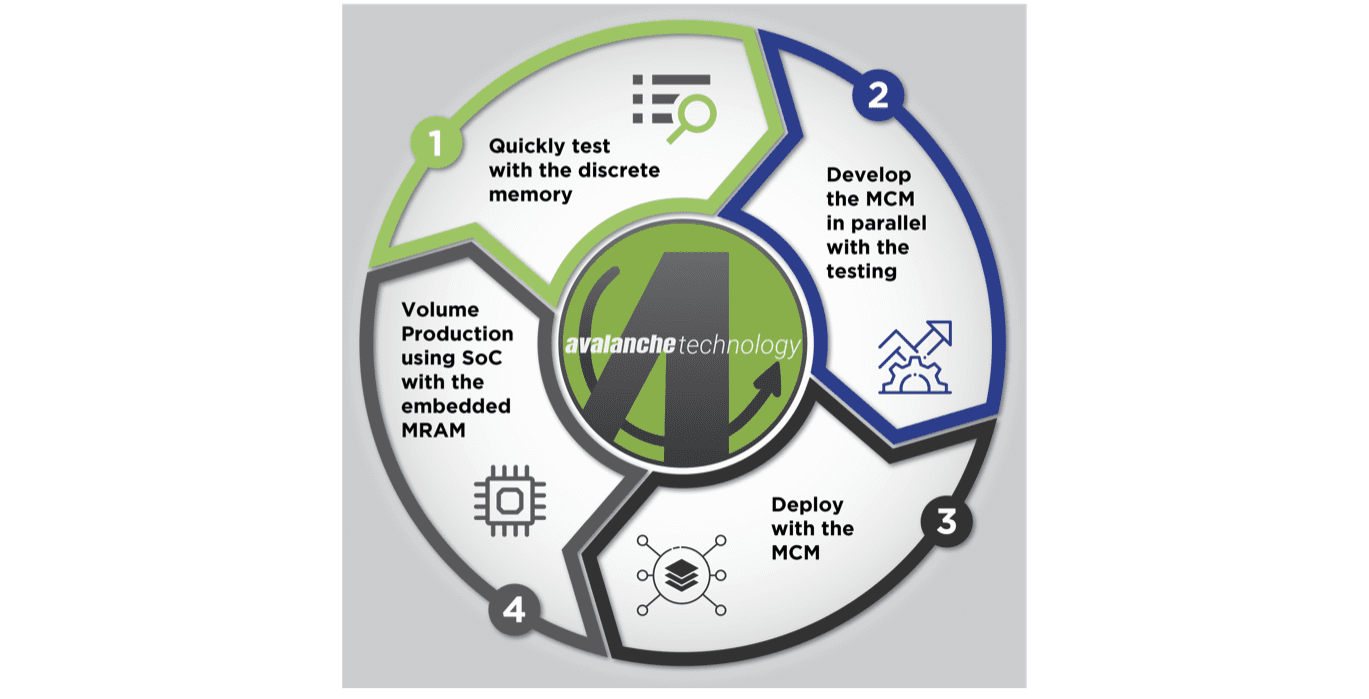
Industrial automation requires four major components – Programmable Logic Controllers (PLCs), Human Machine Interfaces (HMI Panels), Industrial Dives & Actuators, and Sensors. The PLC provides the compute function, HMI provides the Graphical User Interface (GUI), Industrial Drives & Actuators turn control signals into mechanical action and finally the sensors monitor operation conditions, measurements etc. in real time. A communication interface connects these different components together. Historically these communications interfaces have been developed by different companies that provided the automation components and were later standardized. Early standards were based on serial interfaces. Many of the original serial protocols such as PROFIBUS, CAN bus, Modbus and CC-Link are still very popular. As Ethernet started gaining popularity and became ubiquitous and cost effective, industrial communications started moving to ethernet based solutions. As Ethernet in combination with TCP/IP are non-deterministic and somewhat slow in terms of reaction time, industrial ethernet solutions modified the MAC layer to achieve low latency and deterministic responses. Today various such industrial Ethernet solutions are in use such as EtherCAT, EtherNet/IP, PROFINET, POWERLINK, Sercos III and TSN. In Figure 1, the green line represents a simple factory communication network.

Industry 4.0 and smart manufacturing aim to provide real time communications between manufacturing and value creation so that factories can adapt dynamically to variations in supply chain, have improved traceability of resources and products. The interconnection between the factory networks and outside computation systems opens up possibilities of harvesting manufacturing data to improve product quality, provide Just-In-Time maintenance and reduce down time. The prospect of improvement in quality, optimization of maintenance and reduction of downtime or increased productivity is very desirable to businesses as a whole and manufacturing/operations personnel in particular. However legacy factory automation gear cannot interface securely to outside networks. IIoT Gateways, designed to act as a bridge between legacy production equipment and in-company-IT & cloud, can be retrofitted into existing plants to harmonize communications between different data sources, analyze the data and pass it on for evaluation to a cloud. Additionally, these gateways can be used for edge processing for preventative maintenance and to link to corporate ERP systems to minimize production downtimes. Figure 2 shows an IIoT Gateway in a simplified factory communication network.

Figure 3 shows a block diagram of an IIoT gateway. This system utilizes an industrial communications SoC to provide both communications bridging services as well as edge processing services. Since the IIoT Gateway collects and processes machine performance data and makes decisions on preventative maintenance requirements, and also uploads it into the cloud in batches, it requires a memory with persistence, high-endurance, and fast-write capabilities. Persistence is needed to retain data analysis programs and sensor data when power is removed. The memory needs to have high endurance because sensor data is continually written to it. It is analyzed in batches and deleted to make room for new data after it has been uploaded to the cloud. This cyclical write-and-erase behavior requires high endurance. Fast writes help preserve data integrity in case there is unexpected power loss. Additionally, this memory must have 16Mb-32Mb density to buffer performance metrics from various devices on network in a manufacturing cell. This non-volatile memory is also used to store board manufacturing data as well as the MAC addresses of the various network interfaces.These requirements are met perfectly by Avalanche Technology’s P-SRAM (based on STT-MRAM technology).

Avalanche’s P-SRAM (based on STT-MRAM technology) are available in discrete memory, bare-die, and embedded memory: “As a memory macro” for System-on-Chip (SoC) design. System designers can start prototyping with discrete memory devices, go to market with a Multi-Chip-Module (MCM), and finally use an SoC incorporating Avalanche’s Embedded MRAM in volume production. This approach provides the fastest time to market, maximizes system reliability, and supply chain availability, while also yielding the greatest power, cost, and board area savings. Avalanche’s Embedded MRAM is available through foundry partners such as United Microelectronics Corporation (UMC), to enable the next generation of communications SoCs.

Avalanche Technology’s P-SRAM Gen 2 (discrete STT-MRAM) memory devices are available now in volume production. Learn more about our discrete STT-MRAM devices HERE, and our Embedded MRAM HERE.
Existing factories can be upgraded to smart factories with the addition of IIoT gateways. Systems designers can implement IIoT gateways with a combination of industrial communications SoC, wired and wireless networking interface SoCs, DRAM, Flash and MRAM. MRAMs enhance reliability in these applications.
